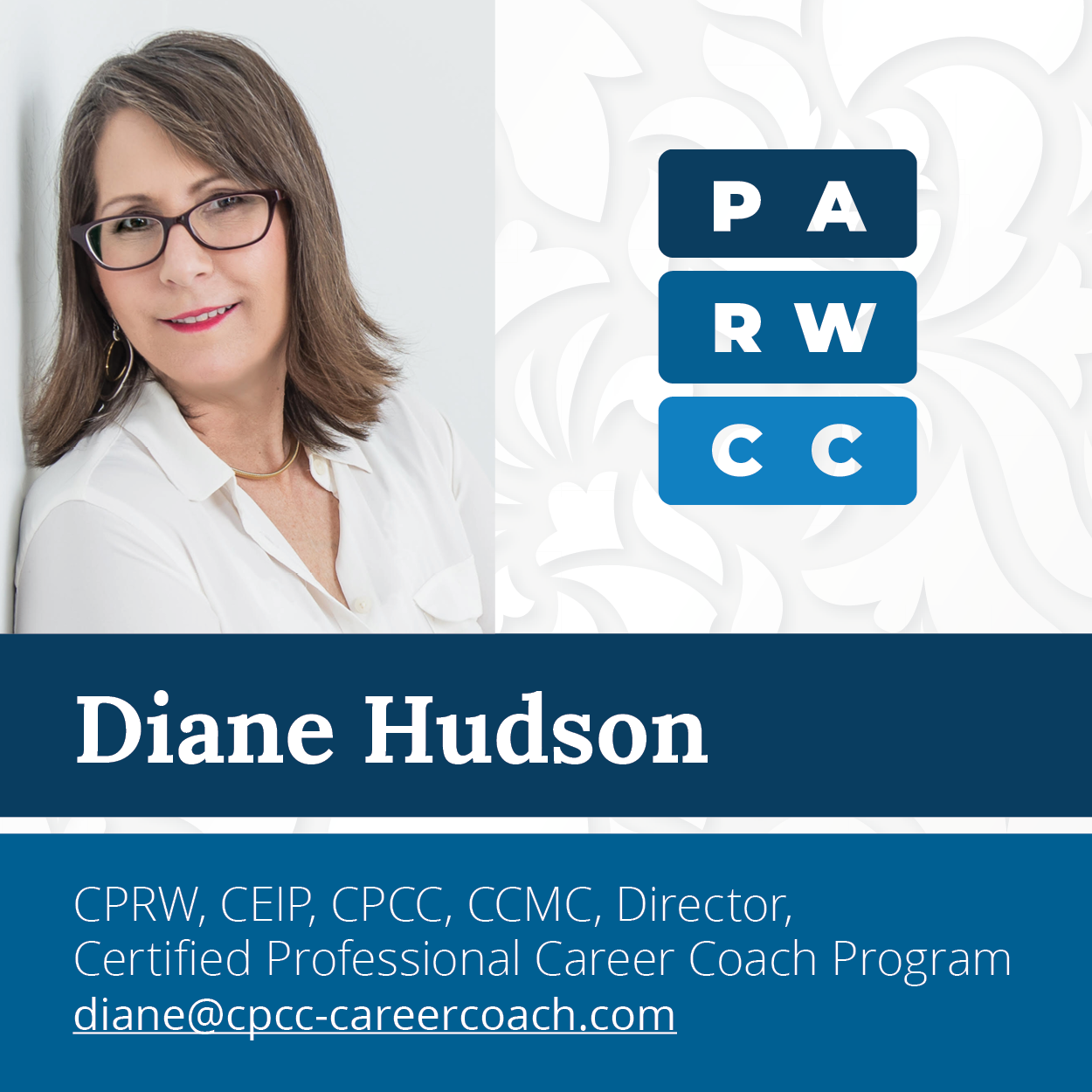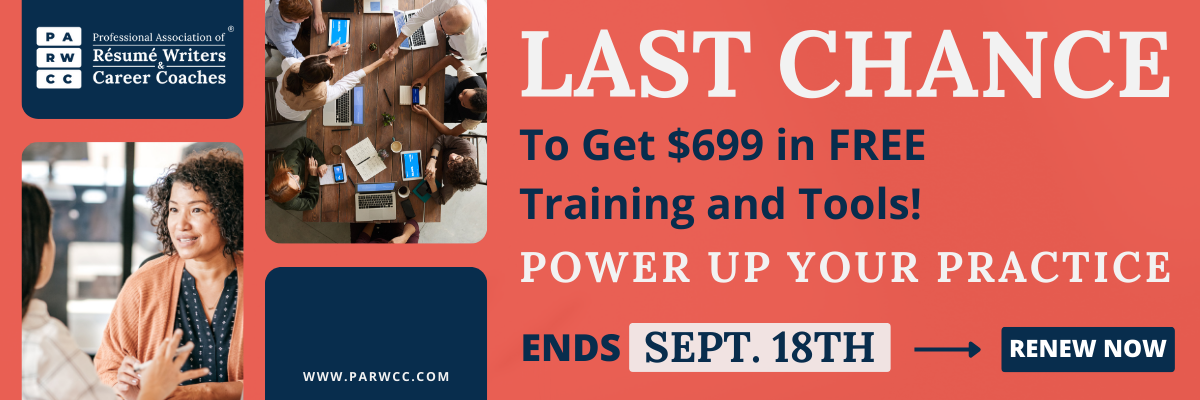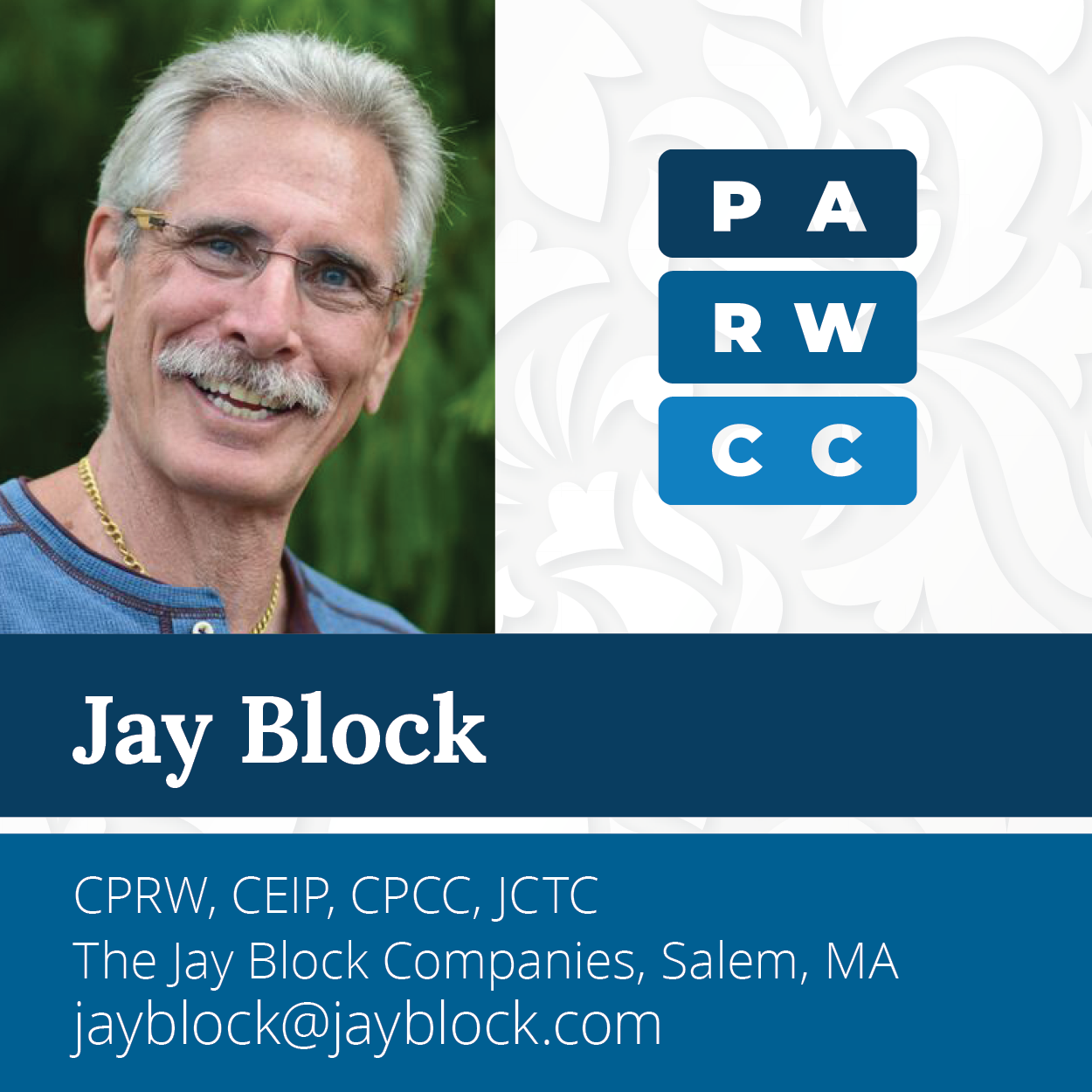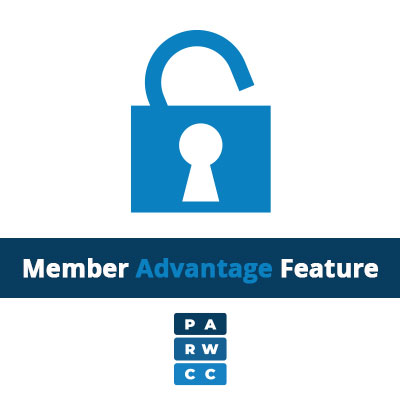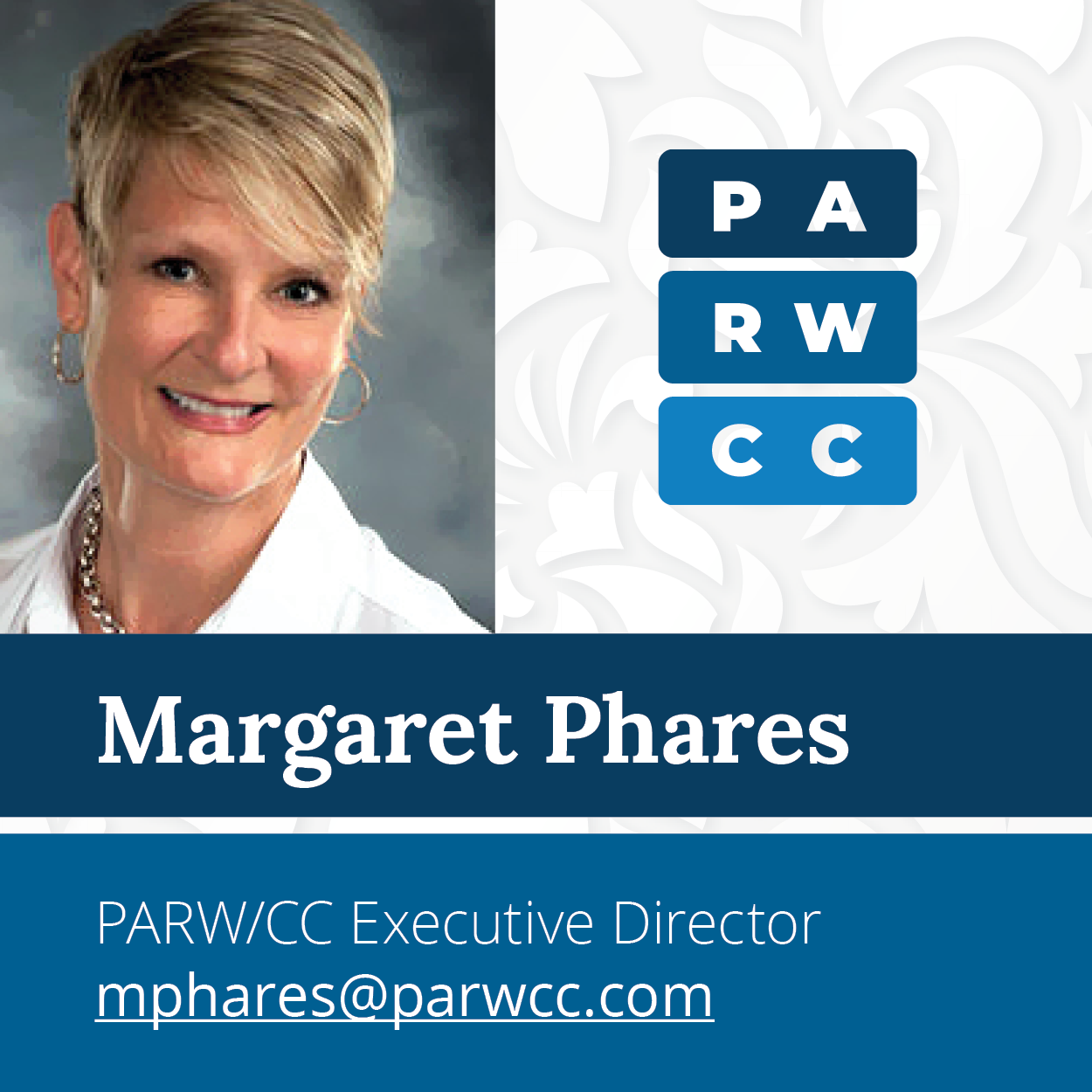Is Your Practice Running You?
“A year from now you may wish you had started today.”
̶ Karen Lamb
In our fast-paced world, it is so easy for activity to distract us from accomplishment. Every day you do so many important things. The work you do affects the lives of your clients and their families, often for years to come. We just never seem to get around to planning. But we must for this compelling reason. You are as important as your most important client.
Please read that sentence again. If you don’t take it to heart, you lose the ability to support your practice.
Right now, while you are thinking about it, write the answer to this question: “If my practice was the best it could possibly be, what would it look like?” Some of the goals can be measured objectively, some subjectively. But list every single one.
Compare and Plan
Now compare your practice today with what you want it to be. Find the differences. Fixing those are now your goals. You’ll get there…but only if you have a business plan.
There isn’t room for telling you everything you must know about your business plan. However, I urge you to build this indispensable tool.
Of course books, the web, and AI can help you. But, just as you tailor every résumé to a client’s unique needs, your business plan must be fitted to your requirements. Just as you update your client’s résumé as he or she grows on the job, your business plan must be updated to do the very same things.
The analogy can go even further. Most clients think a résumé is a “magic” document, a necessary evil “…to get the interview.” You know better. Your résumés serve as clear proof your client will make the next company lots of money. They are also career development tools, helping your clients prepare for the interview in-depth and getting paid what they are worth in an uncertain economy. So it is with your business plan.
Business plans began as a way to convince banks to lend for new ventures. But, just like a résumé, a good business plan does so much more, especially if you finance your practice. The best plans are constantly, but logically, changing, guiding your practice today to shape it for tomorrow.
Get the Right Questions
A good business plan is really a series of right questions and answers, written as clearly as possible. I’ll explore some of those questions in a moment but first let me comment on the word “right.”
A question is right when it is so specific that you cannot misinterpret it. Fuzzy, generalized, “buzzword”-loaded questions are a recipe for disaster for a simple reason: if you don’t know what’s being asked, almost any answer will seem to fit the bill.
Speaking of answers, the “right” ones are based on solid research, never on wishful thinking. Said another way, if the right question gives you an answer you don’t like (but you know is true), count your blessings. The outcome may disappoint you at first, but it sure beats pursuing a course that isn’t—and likely will never be—right for you.
The first “right” question is this: which business do you want to be in? Getting the right answer will involve asking more questions so you can focus everything you do on everything you want. This approach keeps you from making instant, profit-robbing, everybody-loses decisions that can easily slip into everyday operations. So, which clients do you want to serve? What value will you offer them?
Many career professionals never ask those questions. They say “yes” to every client, regardless of the client’s needs…or their own abilities to meet those needs. Your business plan can refocus that desire into long term success. If you are new to the industry, lay out a period in which you will help people in many fields so you may gain broad experience as a writer and a coach. Then set a deadline when you will draw on all you’ve learned to find which occupations you enjoy helping most.
Boundaries Help Decisions
Through it all, don’t forget to draw the boundaries that will focus your efforts. Some of these limits are temporary, dropping away as your business develops. Here’s an example: As I seek broader experience, I will not work with clients who want positions that require me to understand, capture, and transmit advanced ideas about a field I know nothing about at the moment. Other limits need to be sturdily practical: I will not try to work with the lazy, the stupid, or those with expectations divorced from reality.
As you write out who you will and will not serve, you’ll describe not only what your business should look like now, but the direction it will take. Imagine the insight when you write the answer to this query: How will helping today’s clients help me serve tomorrow’s clients? That sentence leads to defining your brand powerfully.
No matter how your business develops, you are part of an industry—a group of competitors. Don’t let that word frighten you. So many job seekers need what we offer there are never enough potential career professionals to go around.
Nevertheless, it’s helpful to know how successful practices run. Visit many sites, ask other PARWCC members questions. Take time to truly read The Spotlight. Check out the article on the PARWCC website https://tinyurl.com/57dft5du. “Mystery shop” to research prices. Your goal is to build a business that matches your excellence with your market’s needs.
You’ve identified the kinds of clients with whom you want to work. You know what services you will offer and how to price them. You even have an estimate of how you want your business to grow. Now it’s time to see if your plan meets your needs. You must estimate revenues and costs.
Don’t Forget You
How far into the future do you estimate those numbers? One or two years are all that is necessary as long as you review your projections every six months. It’s a wonderful surprise when you exceed your targets; it’s a worrisome thing when you don’t.
In fact, here are two suggestions that will keep you on track. First, estimate revenues before you decide how much profit you can expect your business to generate. Second, estimate both your current costs and the cost of investments you must make to reach your goal.
Keep your estimates conservative. That’s particularly true as you introduce new services because you must learn as you go. But your business plan will spur you to do more than just learn how to do something new. After you master the new skills, you will concentrate on learning how to do them better and faster—thus controlling costs and building revenue.
You will also spend time and energy becoming digitally visible. It’s after you’ve written your tenth article, after you presented at your fourth convention, after you’ve worked your third job fair, after you’ve built a powerful LinkedIn profile, after your posts start appearing on the best blogs, only then will potential clients remember who you are and why they should reach out to you.
Now you have a model of your company today and in the immediate future. You know who your customers are, what kind of work you will be doing, about how much it will pay, and about how many hours you must give it each month.
But suppose the costs are just too high and the revenue too small. Suppose your dream of being a career coach doesn’t work for you. That’s a personal success. You can use your career coaching skills to guide your most important client, you, to a new and rewarding career in a different field.
If, on the other hand, you find the challenge irresistible, promise yourself you will always measure your success against your business plan. Resist the urge to compare your efforts based on a single bank statement or on how others seem to be doing.
Your clients succeed not because you control what other job seekers, or employers, do. Rather, your clients’ success rests on a solid plan—and you keep them focused. You deserve no less consideration than your best client.
Bottom Line
It should be clear by now: business plans aren’t sold “off the rack.” You tailor your own by stating your goals, measuring your progress, keeping what works, and discarding what doesn’t. Moreover, you do that every six months.
Let me leave you with an even more enticing prospect. Years from now, take out the very first copy of your business plan and look at projected profits. Then calculate how much money you made last year. You’ll take justifiable pride in more than just the money.
Because you built a solid plan and stuck to it, every dollar represents a happier, more successful client. That happened not just because you wrote wonderful résumés or coached people very well. It’s because you care about your career at least as much as you care about your clients’ careers. You will be navigating toward great success, not second by second, but step by confident step. And each destination you arrive at will be better and more rewarding than the last.







